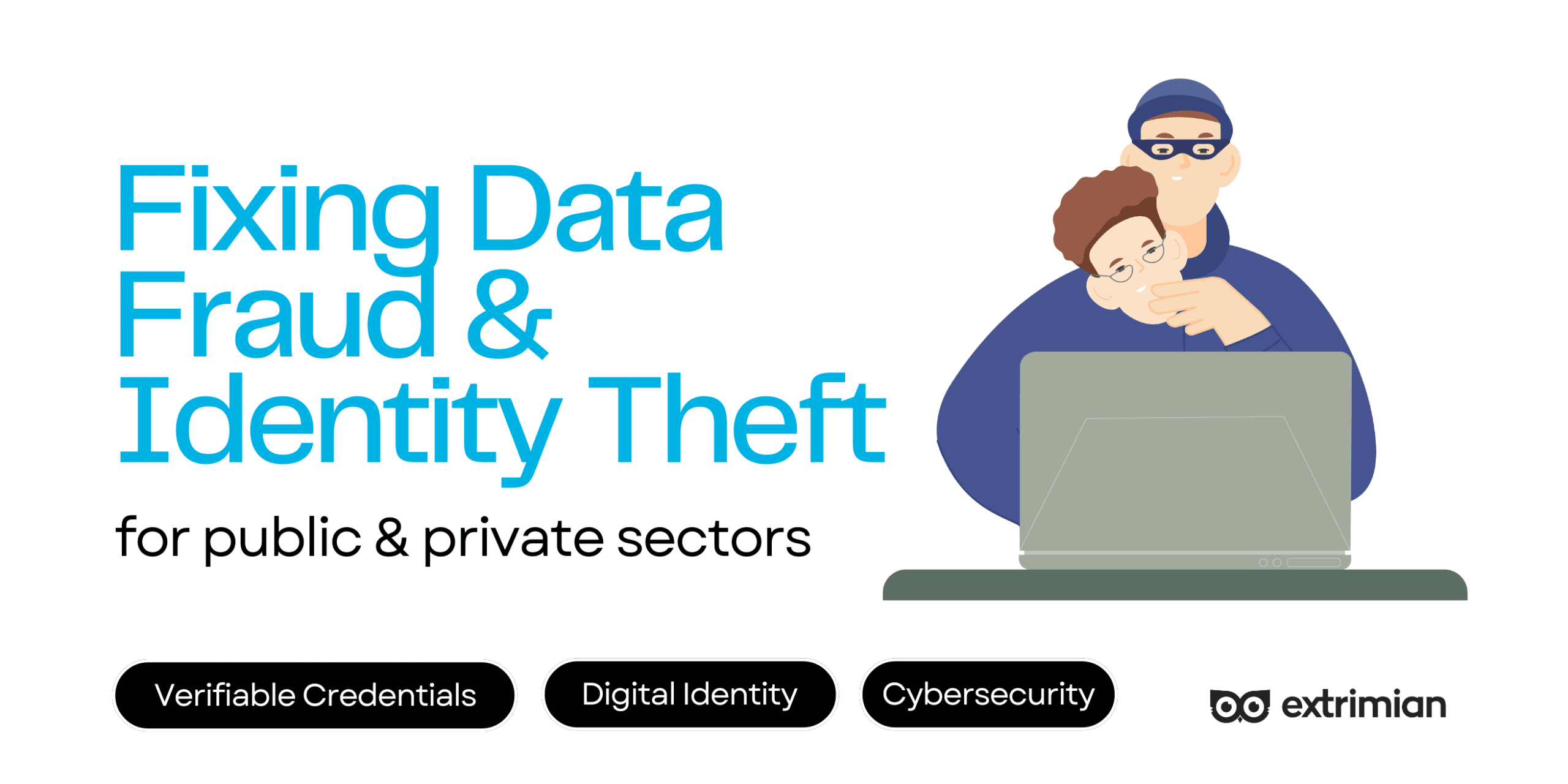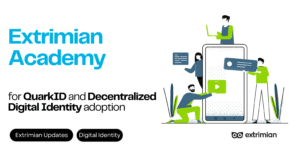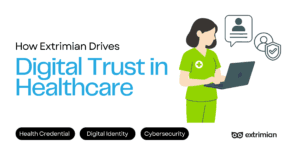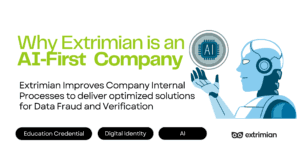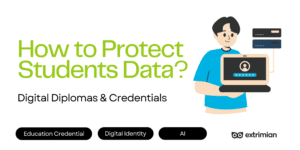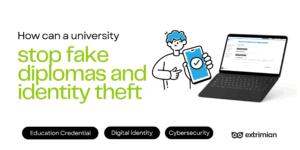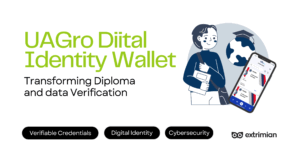Data theft and how to protect data in the face of increasing cases of data theft
Recent Scandal in Argentina Highlights a Massive Digital Trust Gap
In a striking case that has stirred political and cybersecurity circles alike, Argentine authorities are investigating a social media influencer for allegedly misusing the CUITs (tax IDs) of five provincial governors to facilitate clothing imports under fraudulent barter agreements.
According to the La Voz article, the influencer was able to initiate import operations by impersonating state authorities, a move that points to critical failures in identity verification and data authenticity across public sector systems.
This incident isn’t just a political scandal — it’s a technological wake-up call.
What’s the problem: Identity in a Web2 World Is Broken
Let’s break down what went wrong:
- Static identifiers (like CUITs) are publicly known and easily misused.
- No decentralized verification mechanism exists to confirm who is behind a given request.
- Paper-based or email-based authorizations can be forged or socially engineered.
- Lack of auditability and tamper-resistance in public records.
In short, Web2 identity systems were never designed for integrity-first governance.
Extrimian Solution: Verifiable Credentials and Decentralized Identity (DID)
This is where Extrimian’s technology stack comes in — providing next-generation digital identity solutions built for trust, transparency, and tamper-resistance.
With Decentralized Identifiers (DIDs) and Verifiable Credentials (VCs), institutions and individuals can cryptographically prove who they are, what roles they hold, and what permissions they’ve been granted.
What this looks like in practice:
- Governors or their offices issue verifiable credentials signed with cryptographic keys.
- These credentials confirm roles, permissions, or authority to engage in specific transactions (e.g., import operations).
- Customs systems or regulatory APIs validate these credentials in real time.
- No credential = no action.
- And any attempt to forge or reuse expired credentials fails cryptographic validation instantly.

Why does a new data security system matter now?
Public institutions, regulatory bodies, and private sector players are increasingly vulnerable to identity-based fraud, whether it’s:
- Fake authorizations for import/export activity.
- Impersonation of officials for grants or tenders.
- Abuse of state data for reputation laundering.
The Extrimian DID/VC framework prevents this by design:
- Every claim is traceable, verifiable, and revocable.
- You control your identity, but institutions can trust it without intermediaries.
- AI systems or customs logic can automatically validate credentials without human review.
How does Extrimian Technology work for data security?
– Decentralized Identifiers (DIDs):
A new standard for digital identity, DIDs are globally unique, user-controlled identifiers that don’t rely on central registries. Unlike CUITs or email addresses, DIDs can’t be spoofed.
– Verifiable Credentials:
Credentials (like “Governor of Córdoba”) are digitally signed and timestamped. They’re issued by a trusted entity and can be shown (and validated) without revealing unnecessary personal data.
– Interoperability & Compliance:
Extrimian builds on W3C standards and works with Hyperledger, Ethereum, and other Web3 protocols — making the stack fit for enterprise and government adoption.
Use Case: Protecting CUITs and import authorizations
Let’s reimagine the current scandal with Extrimian in place:
| Current Problem | Extrimian Solution |
|---|---|
| CUITs misused to authorize imports | Credentials would require live cryptographic validation |
| No verification of who submitted paperwork | Every credential includes signer metadata and role |
| Fraudulent authorization slips through | Invalid credentials are immediately rejected at the protocol layer |
The result? No more impersonations. No more unchecked imports.
What is the best Data Theft and Security solution?
The CUIT scandal is emblematic of a global challenge. As governments digitize, identity without verification is a liability. By integrating verifiable credentials and DIDs, institutions don’t just stop fraud — they build digital trust for the AI era.

